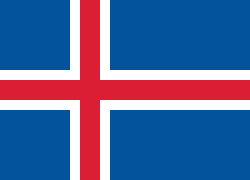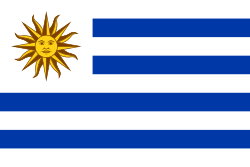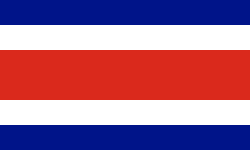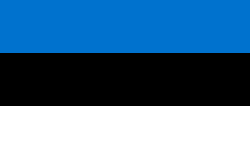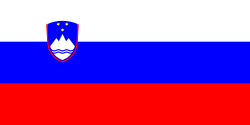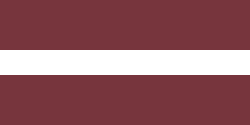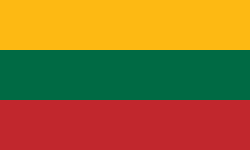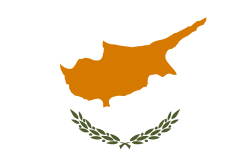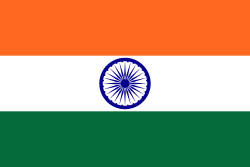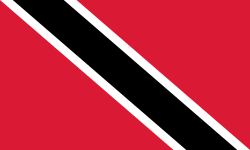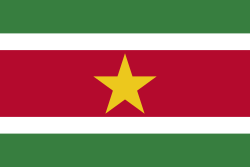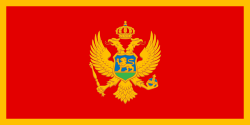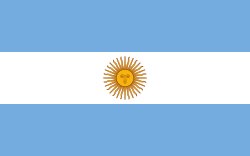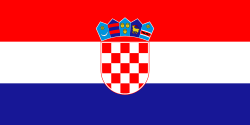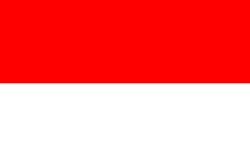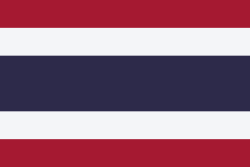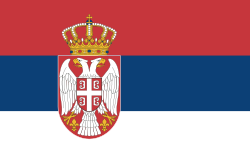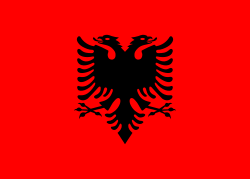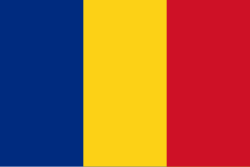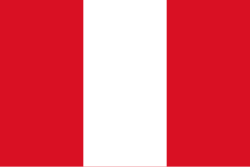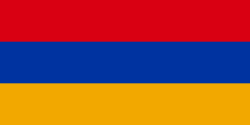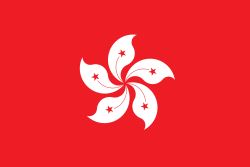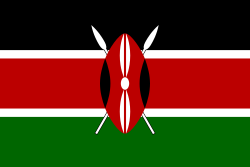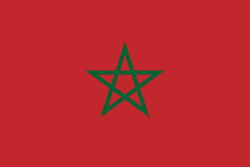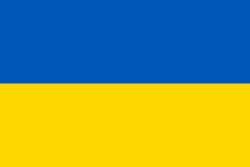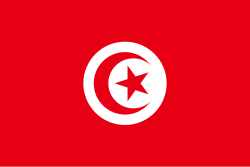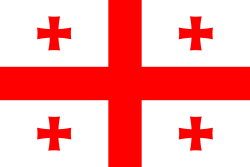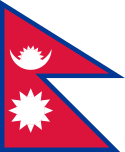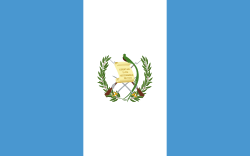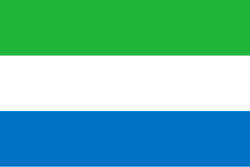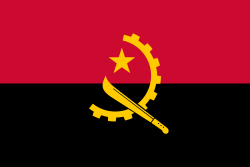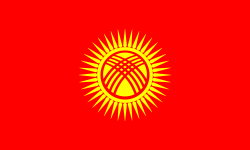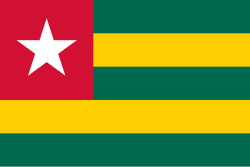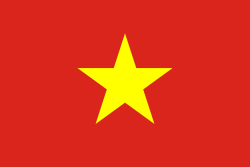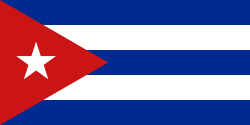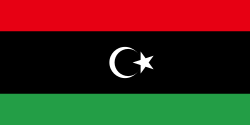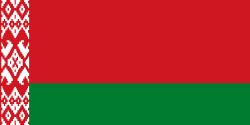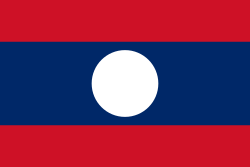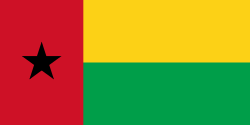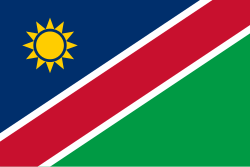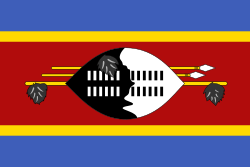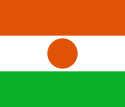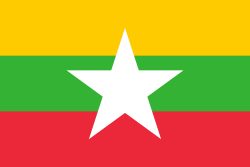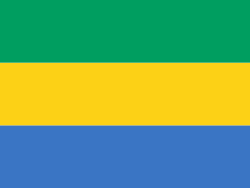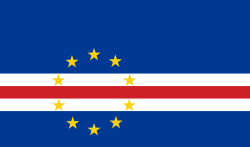Demokrati-indeks
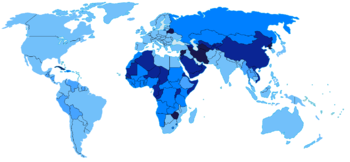
The Economist har undersøgt hvordan det står til med demokrati i 167 lande, og forsøgt at sammenstille dette med et Demokrati-indeks, Economist Intelligence Unit Index of Democracy, som fokuserer på fem generelle kategorier; frie og fair valg-processer, civile rettigheder, regeringens funktionalitet, politisk deltagelse og politisk kultur. Sverige scorede et total på 9,88 på en skala fra nul til ti, hvilket var det højeste, medens Nordkorea scorede det laveste med 1,03.[1][2] "Fungerende demokratier", "Fejlbehæftede demokratier", og "Hybridregimer" regnes for at være demokratier og "Autoritære regimer" regnes for at være diktatoriske.
Metodevalg
Som beskrevet i rapporten er demokrati-indekset en form for vejet gennemsnit baseret på svarene fra 60 spørgsmål, hvoraf hver tillod to eller tre alternative svar. De fleste svar er "eksperters vurderinger"; rapporten indikerer ikke hvilken form for eksperter, deres antal eller hvorvidt de er ansat hos The Economist eller for eksempel uafhængige videnskabsfolk, ligesom deres nationalitet ikke angives. Nogle svar er fremkommet ved meningsmålinger i de respektive lande. "I tilfælde af, at undersøgelsesresultater mangler i de enkelte lande, bruges undersøgelsesresultater fra sammenlignelige lande til at udfylde hullerne."
Spørgsmålene er inddelt i fem kategorier kaldet supra. Hvert svar er oversat til et tal, enten 0 eller 1, eller 0,5 for de tre alternative spørgsmål. Tilsyneladende med undtagelse af infra, adderes tallene indenfor hver kategori, multipliceres med ti, og divideres med det totale antal spørgsmål indenfor kategorien. Der er nogle få modificerende afhængigheder, som forklares meget mere omstændeligt end hovedreglerne. I nogle få tilfælde kan et svar som giver nul for eet spørgsmål, annullere et andet spørgsmål; for eksempel, hvis valget til den nationale lovgivende forsamling og leder af regeringen ikke anses for frit (spørgsmål 1), så overvejes næste spørgsmål: "Er valgene... fair?" ikke, men mærkes automatisk nul. På samme måde er der nogle få spørgsmål som betragtes som så vigtige, at et lavt score på dem, forårsager en straf i den totale score-sum indenfor deres respektive kategorier, nemlig[3]
- "Hvorvidt nationale valg er frie og fair";
- "Vælgernes sikkerhed";
- "Fremmede magters indflydelse på regeringen";
- "Kapaciteten hos embedsmændene til at implementere politikker".
Ud fra de fem kategori-indekser, som alle er listet i rapporten, udfindes nu et vejet gennemsnit for at finde demokrati-indekset for et givent land. Til sidst bestemmes klassificeringen af landet ud fra det afrundede demokrati-indeks (en decimal), som følger[4]
- Fungerende demokratier—score fra 8,01-10,0.
- Fejlbehæftede demokratier—score fra 6,01 til 8,00.
- Hybridregimer—score fra 4,01 til 6,00.
- Autoritære regimer— score under 4,01.
Rapporten diskuter andre demokrati-indeks, som defineret for eksempel af Freedom House, og argumenterer for nogle af de valg som The Economist har truffet. For eksempel er der i denne undersøgelse lagt større vægt på den offentlige mening, således som de fremgår af meningsmålinger, men på den anden side indgår økonomisk levestandard ikke som kriterie, således som det er tilfældet i andre undersøgelser. Der er ingen indikationer på at denne rapport er blevet fremlagt eller er planlagt at fremlægges i nogen akademisk sammenhæng, eller er blevet tjekket eller vil blive tjekket af peer review.
|
|
Se også
- Gini-koefficient
- Gender-related Development Index
- Gender Empowerment Measure
- Living Planet Index
- Gross national happiness
- Happy Planet Index
- Physical quality-of-life index
- Human development (humanity)
- Human Development Index
Noter
- ^ "Laza Kekic. "A pause in democracy's march" (From The World in 2007 print edition)". Arkiveret fra originalen 10. december 2008. Hentet 9. november 2008.
- ^ Economist Intelligence Unit democracy index 2006 Arkiveret 7. september 2019 hos Wayback Machine (PDF file)
- ^ "Democracy Index 2020: In sickness and in health?" (PDF) (engelsk). s. 56. Hentet 2021-02-14.
- ^ "Democracy Index 2020: In sickness and in health?" (PDF) (engelsk). s. 57. Hentet 2021-02-14.
- ^ "Democracy Index 2024" (engelsk). EIU.com. Hentet 2025-04-11.
- ^ "Democracy Index 2024 - What's wrong with representative democracy?" (PDF) (engelsk). Economist.com. s. 15-21. Hentet 2025-04-11.
Eksterne links
- "The Economist Intelligence Unit's index of democracy" Arkiveret 7. september 2019 hos Wayback Machine
Medier brugt på denne side
Finlands flag
Flag of Canada introduced in 1965, using Pantone colors. This design replaced the Canadian Red Ensign design.
Flag of Austria with the red in the Austrian national colours which was official ordered within the Austrian Armed Forces (Bundesheer) in the characteristic “Pantone 032 C” (since May 2018 the Red is ordered in the characteristic “Pantone 186 C”.)
Flag of Portugal, created by Columbano Bordalo Pinheiro (1857–1929), officially adopted by Portuguese government in June 30th 1911 (in use since about November 1910). Color shades matching the RGB values officially reccomended here. (PMS values should be used for direct ink or textile; CMYK for 4-color offset printing on paper; this is an image for screen display, RGB should be used.)
Det er let at give dette billede en kant
The flag of Slovenia.
- "The construction sheet for the coat of arms and flag of the Republic of Slovenia
- is issued in the Official Gazette Uradni list Republike Slovenije #67, 27 October 1994
- as the addendum to the Law on the coat of arms and flag."
Used color: National flag | South African Government and Pantone Color Picker
| grøn | rendered as RGB 0 119 73 | Pantone 3415 C |
| gul | rendered as RGB 255 184 28 | Pantone 1235 C |
| rød | rendered as RGB 224 60 49 | Pantone 179 C |
| blå | rendered as RGB 0 20 137 | Pantone Reflex Blue C |
| hvid | rendered as RGB 255 255 255 | |
| sort | rendered as RGB 0 0 0 |
Trinidad og Tobagos flag
Flag of Jamaica. “The sunshine, the land is green, and the people are strong and bold” is the symbolism of the colours of the flag. GOLD represents the natural wealth and beauty of sunlight; GREEN represents hope and agricultural resources; BLACK represents the strength and creativity of the people. The original symbolism, however, was "Hardships there are, but the land is green, and the sun shineth", where BLACK represented the hardships being faced.
The flag of the Dominican Republic has a centered white cross that extends to the edges. This emblem is similar to the flag design and shows a bible, a cross of gold and 6 Dominican flags. There are branches of olive and palm around the shield and above on the ribbon is the motto "Dios,Patria!, Libertad" ("God, Country, Freedom") and to amiable freedom. The blue is said to stand for liberty, red for the fire and blood of the independence struggle and the white cross symbolized that God has not forgotten his people. "Republica Dominicana". The Dominican flag was designed by Juan Pablo Duarte, father of the national Independence of Dominican Republic. The first dominican flag was sewn by a young lady named Concepción Bona, who lived across the street of El Baluarte, monument where the patriots gathered to fight for the independence, the night of February 27th, 1844. Concepción Bona was helped by her first cousin María de Jesús Pina.
Det er let at give dette billede en kant
bendera Indonesia
The national flag of Kingdom of Thailand; there are total of 3 colours:
- Red represents the blood spilt to protect Thailand’s independence and often more simply described as representing the nation.
- White represents the religion of Buddhism, the predominant religion of the nation
- Blue represents the monarchy of the nation, which is recognised as the centre of Thai hearts.
Flag of Albania
Flag of Senegal
Flag of the Ivory Coast, written by Jon Harald Søby, modified by Zscout370. The colors match to what is reported at http://fotw.vexillum.com/flags/ci.html.
Flag of the Ivory Coast, written by Jon Harald Søby, modified by Zscout370. The colors match to what is reported at http://fotw.vexillum.com/flags/ci.html.
Flag of Mauritania, adopted in 2017. The National Assembly added red stripes to the top and bottom edges to represent “the blood shed by the martyrs of independence”.
Flag of Rwanda. The flag ratio is 2:3 with the stripes being 2:1:1. Colors are the following officially: Pantone 299 C 2X (blue), RAL 6029 (green), RAL 1023 (yellow) and RAL 1003 (golden yellow). (As of 03/08/2010, the only color used is the Pantone 299 C, which is from here. The rest of the colors are RAL shades from here.)
Flag of Ethiopia
Flag of Togo. Aspect ratio modified for projects that require an aspect ratio of 3:2.
The national and official state flag of Haiti; arms obtained from File:Coat of arms of Haiti.svg. The civil flag can be found at here.
Flag of Burkina Faso
Flag of Iran. The tricolor flag was introduced in 1906, but after the Islamic Revolution of 1979 the Arabic words 'Allahu akbar' ('God is great'), written in the Kufic script of the Qur'an and repeated 22 times, were added to the red and green strips where they border the white central strip and in the middle is the emblem of Iran (which is a stylized Persian alphabet of the Arabic word Allah ("God")).
The official ISIRI standard (translation at FotW) gives two slightly different methods of construction for the flag: a compass-and-straightedge construction used for File:Flag of Iran (official).svg, and a "simplified" construction sheet with rational numbers used for this file.
The national flag of the Democratic Republic of the Congo. Created according to the 2006 constitution : Son emblème est le drapeau bleu ciel, orné d’une étoile jaune dans le coin supérieur gauche et traversé en biais d’une bande rouge finement encadrée de jaune. (Its symbol is a sky blue flag, decorated with a yellow star in the upper left corner and crossed in the diagonal by a red strip with thin yellow borders) It seems to be identical, except for a lighter field hue, to the 1966–1971 flag.
Flag of Laos
Flag of Syria (2024-present) and the Syria Revolution
Flag of Namibia
Democracy index according to The Economist, 2011. The palest shade of blue is >9, black is <2.
Flag of Syria. Originally flag of the Syria Revolution (from 2011), de facto flag of Syria beginning December 2024, official beginning March 2025.
Flag of Papua New Guinea
Colours: Pantone 186 C for red and 116 C for yellow



